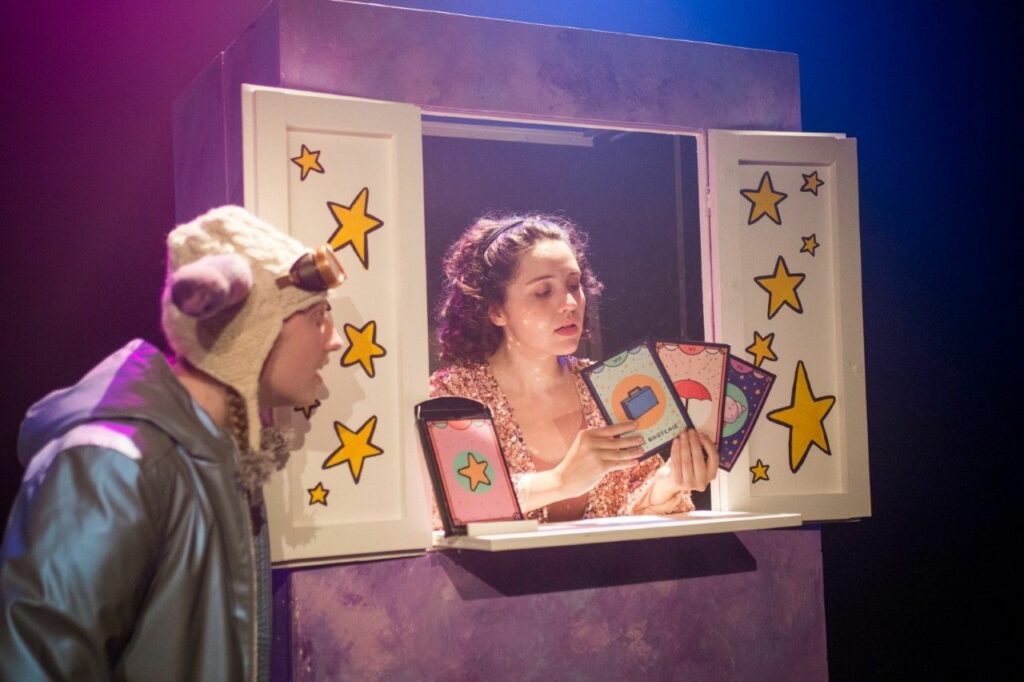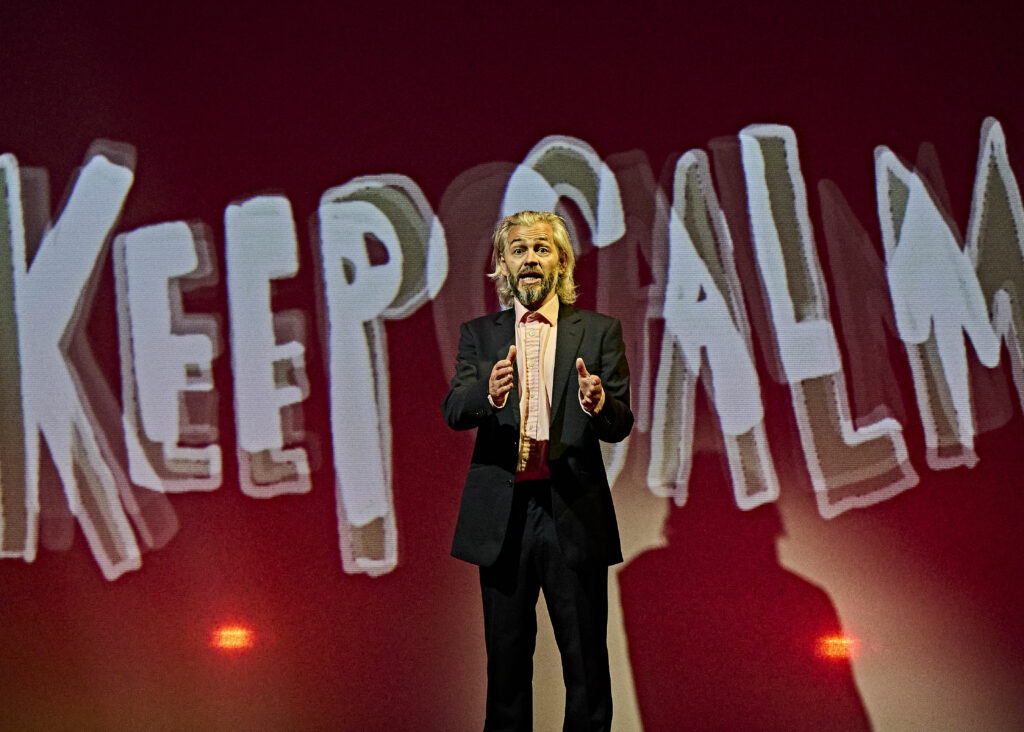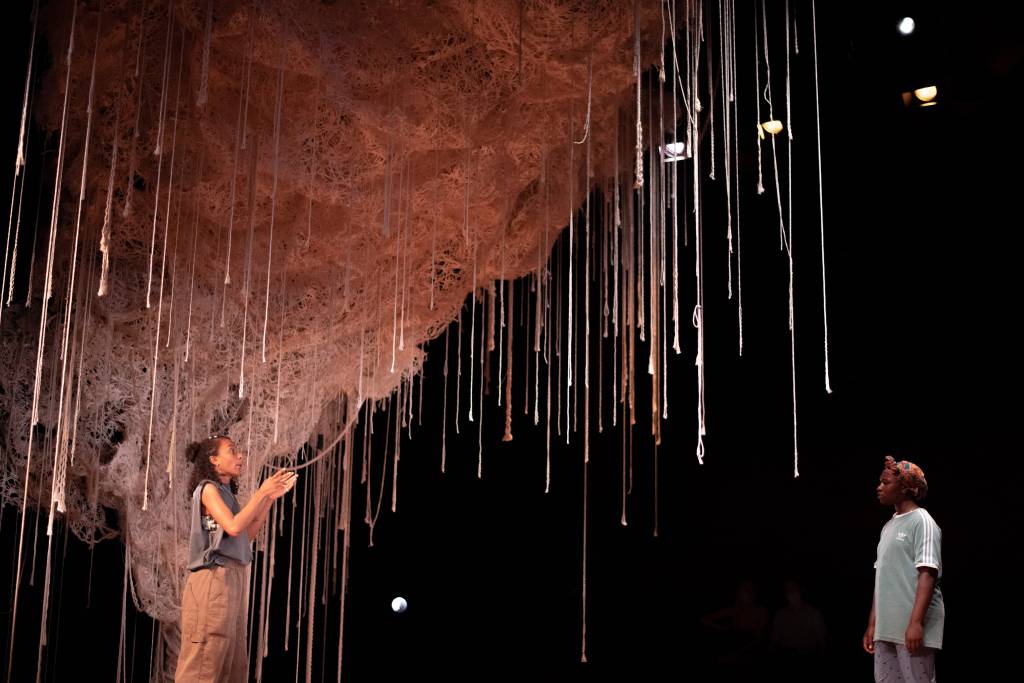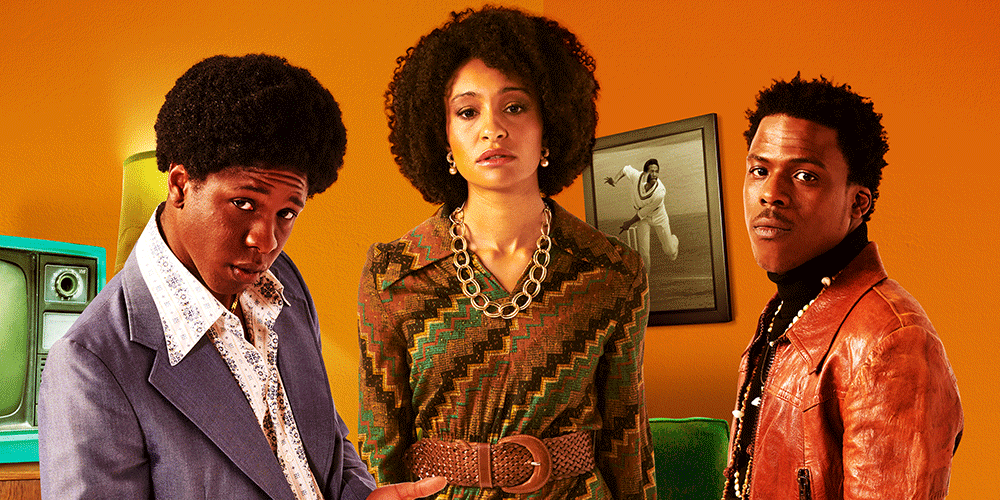 (5 / 5)
(5 / 5)
In the Jerwood upstairs, we are welcomed by smiling faces, finding our seats around the outside of a circular orchestra, filled with instruments and plant life.
The Song Project is what is says on the tin. A show created with feelings, thoughts, emotions and life circumstances and turned into song. While this feels a little like how songs are created in general, there is something new, interesting and unique about this performance.
The performers interact with us, with eye contact, welcoming us to the space, so while this is a performance, it certainly feels as if we are being welcomed by friends and into a less formal space.
There for sure is a feeling of something quite European about the type of music – reminding me of Sigur Ros, Little Talks, Bjork with its sense of sound scaping sounds and not following a usual song that one may find in the charts. With only 4 performers, they each chop and change instruments and places in the orchestra, showcasing their absolute talent.
Each song speaks to you. There are lyrics on depression, on fear, on the trails and tribulations of life, but all something that someone in the room could relate to. It’s serious at times, sometimes you just need to close your eyes and feel it in your soul and others it makes you laugh out loud.
Combined with well thought out lighting and set design, the movement of the performers around the space for sure makes this feel very professional and rehearsed but at times ad hoc and keeping us on our toes.
The Song Project could easily be described with one word: Inspirational. Coming away, I felt euphoric and sentimental as well as fully inspired to create my own work. The Song Project has something for everyone, and feels like a very intimate and extraordinary gig.
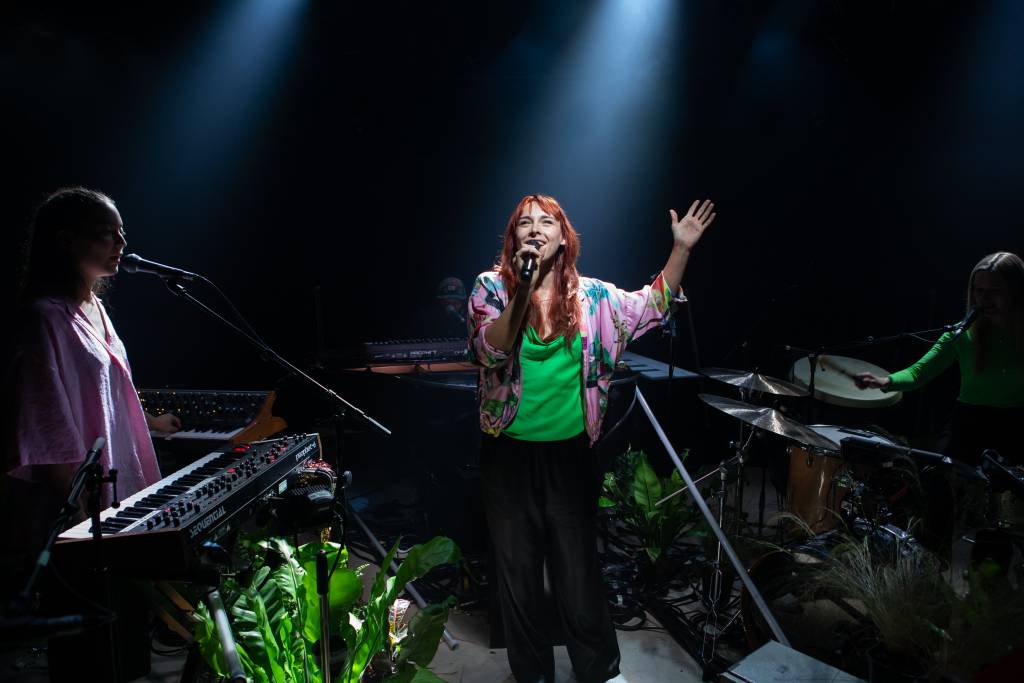

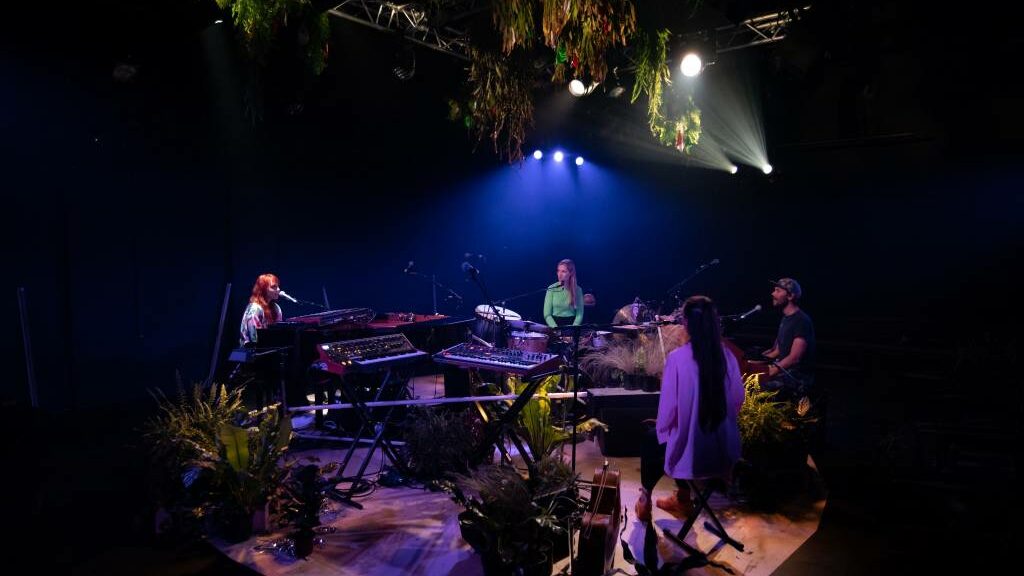
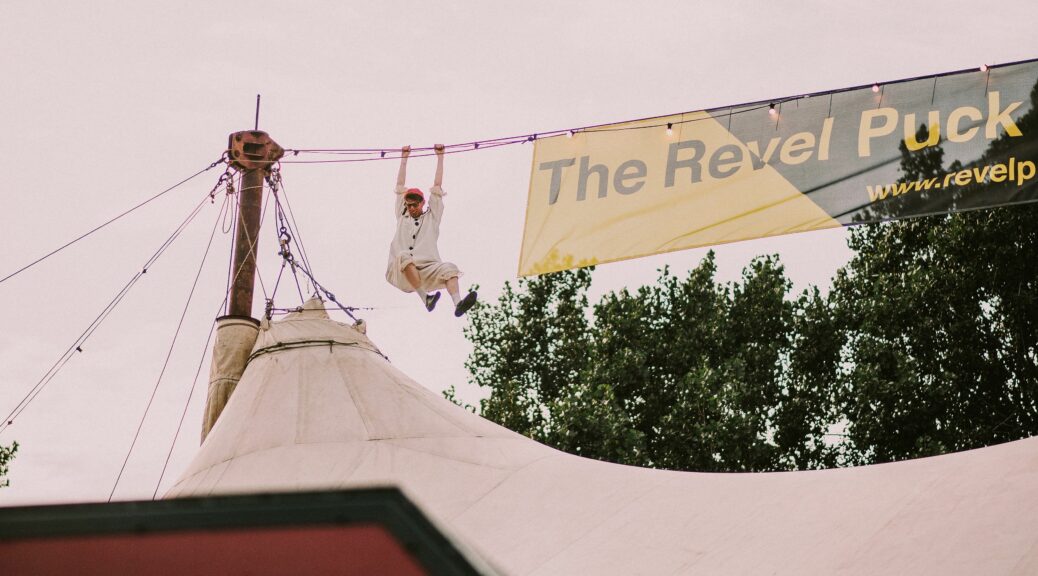
 (4 / 5)
(4 / 5)

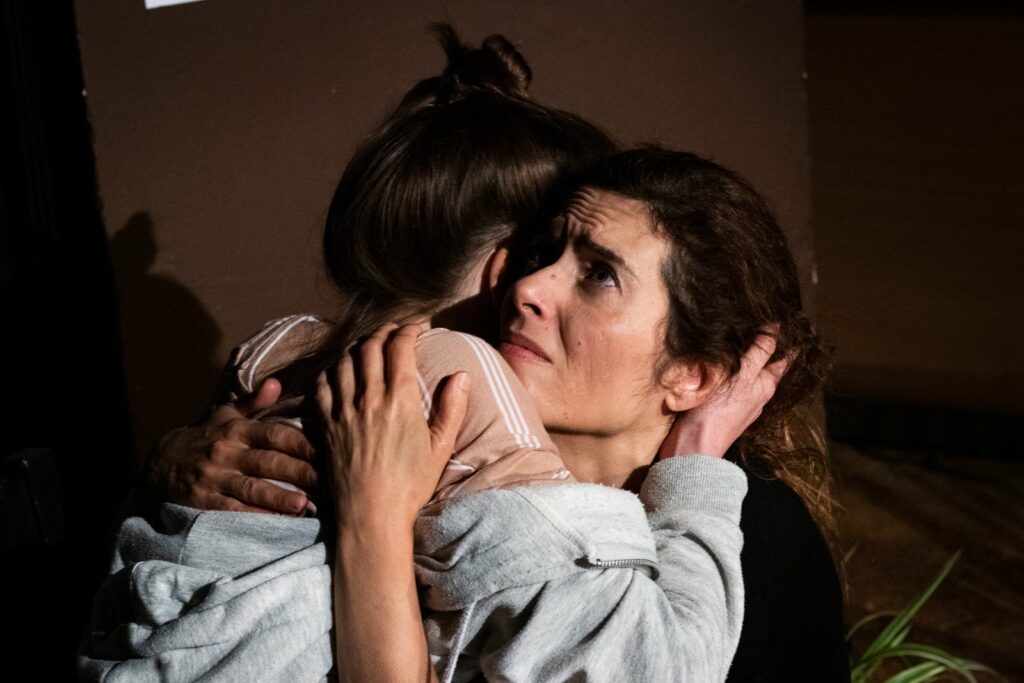
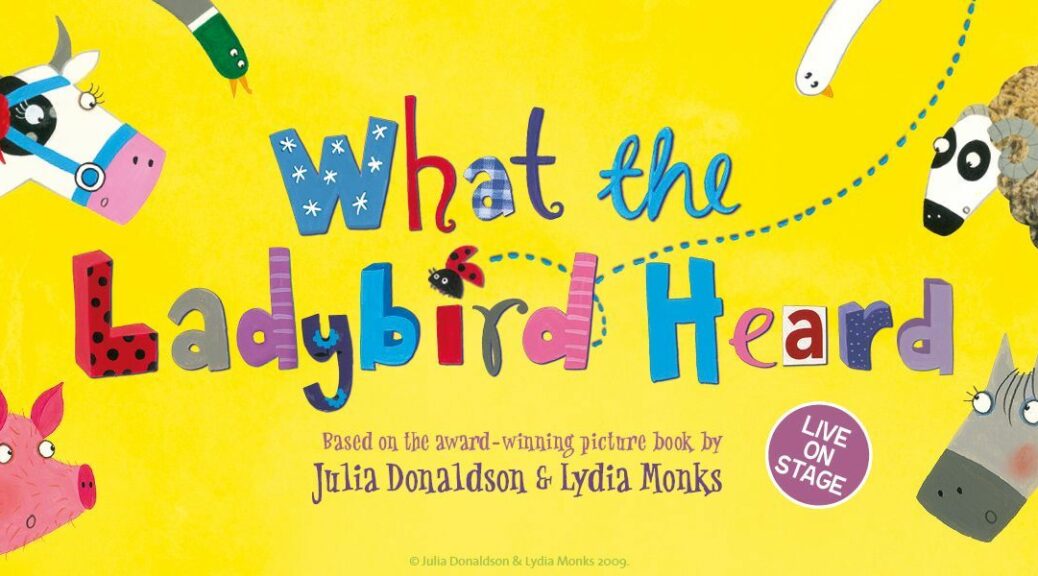
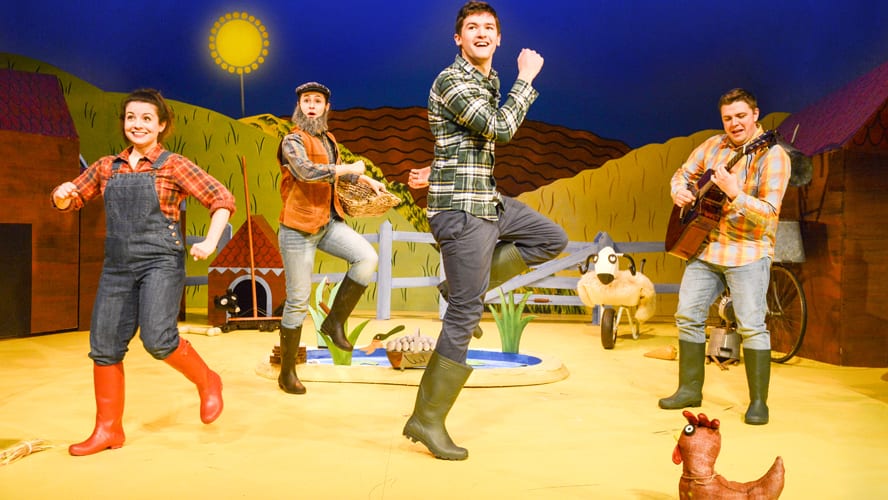

 (3 / 5)
(3 / 5)

